Thanksgiving is a time for giving thanks. We are especially filled with gratitude this year for our Tauck community of guests, travel advisors, worldwide partners, friends, and family. Each and every one of you are a special part of Tauck; together, we look forward to a new year of travel in 2023!
The origins of America’s Thanksgiving are most often associated with the settlement in Plymouth, Massachusetts; Plimoth Patuxet have kindly shared with us some behind-the-scenes stories – and very original recipes – to enrich our holiday.
A message from Plimoth Patuxet about the holiday of Thanksgiving:
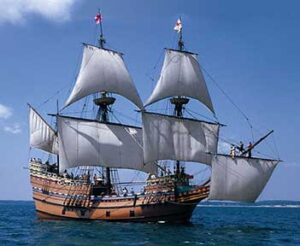
In the Wampanoag way of life, all Beings on Earth were given gratitude for their existence and for their gifts. All of the Nations of Animals, Winged Ones, Water Beings, even the tiny insects were considered to be gifts from Creator to the Humans. Everything had its purpose. All life was considered sacred, and treated that way. In this country, long before English colonists arrived, Native People celebrated many different days of thanksgiving, including, for example, a “Strawberry Thanksgiving” and a “Green Corn Thanksgiving.”
The English also had a long tradition of thanksgiving. They declared days of prayer to thank God when something good happened. For example, the English declared a day of thanksgiving in the summer of 1623 when a gentle rain ended a long drought.
Likewise, in the fall of 1621, when their labors were rewarded with a bountiful harvest after a year of sickness and scarcity, the Pilgrims gave thanks to God. They also celebrated their bounty with a tradition called the Harvest Home.
In a letter to a friend in England, “E.W.” (Pilgrim Edward Winslow) wrote the only record of the celebration that survives:
“Our harvest being gotten in, our governor sent four men on fowling, that we might after a more special manner rejoice together, after we had gathered the fruits of our labors. They four in one day killed as much fowl as, with a little help beside, served the Company almost a week. At which time, amongst other recreations, we exercised our arms, many of the Indians coming amongst us, and among the rest their greatest king Massasoit, with some 90 men, whom for three days we entertained and feasted, and they went out and killed five deer, which they brought to the plantation and bestowed on our governor, and upon the captain and others. And although it be not always so plentiful as it was at this time with us, yet by the goodness of God, we are so far from want that we often wish you partakers of our plenty.”
During the celebration, Massasoit, an important sachem (leader) of the Wampanoag People, along with 90 of his men, joined the English for three days of entertainment and feasting. We don’t know for sure why the Wampanoag joined the gathering or exactly what activities went on during those three days. We do know, however, that the celebration occurred sometime between September 21 and November 9, 1621.
Later, in the 19th century, the event entered American popular imagination as the First Thanksgiving.
Plimoth provided us with some early Thanksgiving recipes that we’d like to share:
Nasaump
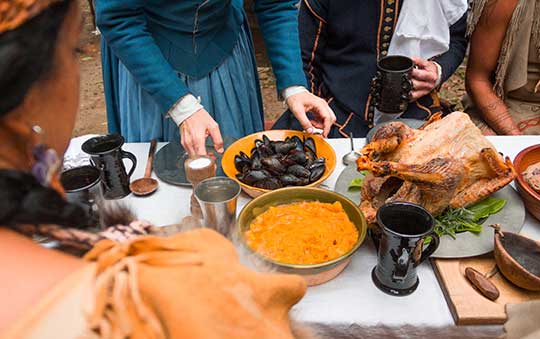
Nasaump is a traditional Wampanoag dish that is made from dried corn, local berries, and nuts. It is boiled in water until it thickens, and is similar to a porridge or oatmeal.
- 1 1/2 cups cornmeal
- 1 cup strawberries, raspberries, blueberries or a combination of all three
- ½ cup crushed walnuts, hazelnuts, sunflower seeds or a combination of all three
- 1 quart water
- Maple syrup or sugar to taste (optional)
Combine cornmeal, berries, crushed nuts, and the optional sweetener in a pot of water and bring to a boil. Turn down the heat to medium and cook, stirring frequently, for 15 minutes.
Sauce for a Turkey – from the early 1600s
“Take faire water and set it over the fire, then slice good store of Onions and put into it, and also Pepper and Salt, and good store of the gravy that comes from the Turkie, and boyle them very well together: then put to it a few fine crummes of grated bread to thicken it; a very little Sugar and some Vinegar, and so serve it up with the Turkey.”
– Gervase Markham, from “The English Huswife,” first published in 1615
 Sauce for a Turkey – Today
Sauce for a Turkey – Today
- 6 medium onions, sliced thinly
- 2 cups of water
- 2 teaspoons of coarsely ground pepper
- 1 teaspoon salt
- 1 tablespoon sugar
- ¼ cup red wine vinegar
- ¼ cup breadcrumbs (optional)
Follow your favorite recipe for roast turkey. Remove the turkey to a platter, reserving the pan juices. Place thinly sliced onions in a pot with water and salt. Bring to a boil over medium high heat and cook until the onions are tender but not mushy. A good deal of the water should have boiled away. Set aside for a moment. Place the roasting pan over medium heat and stir to loosen any brown bits. Stir in the onion sauce, sugar, vinegar and breadcrumbs if desired. Taste and adjust seasonings. To serve, pour over sliced turkey or serve alongside in a separate dish. The gravy comes from the drippings.
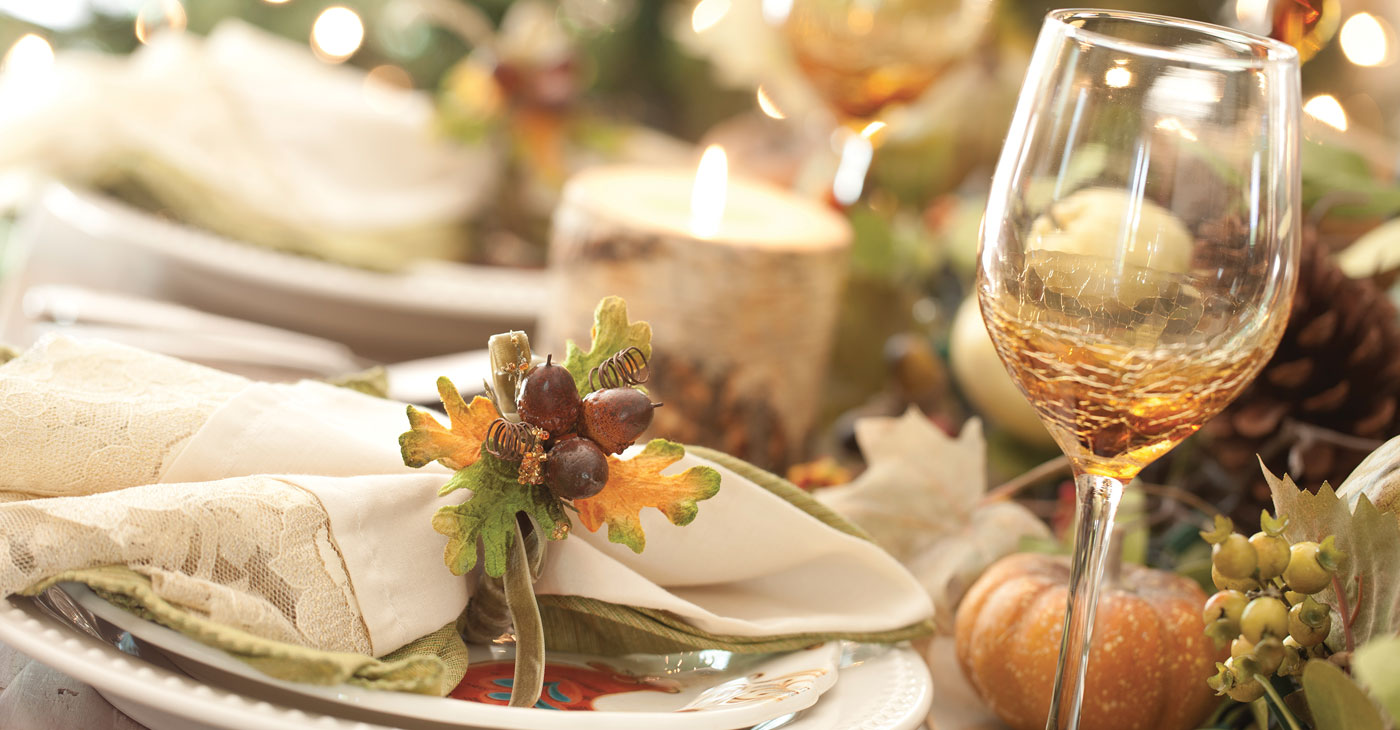
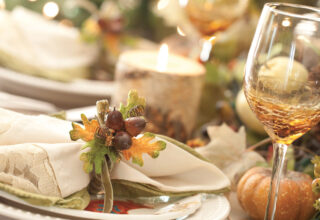
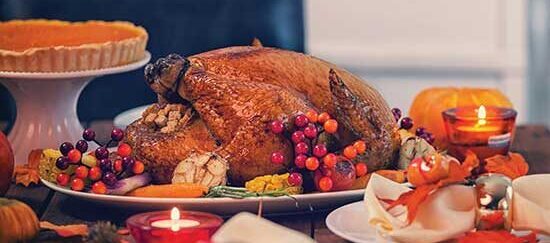 Sauce for a Turkey – Today
Sauce for a Turkey – Today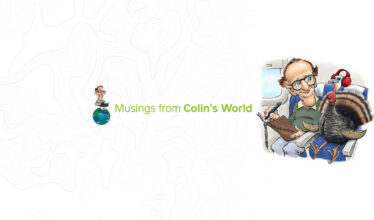
Loved the history/recipe concept. How about a future article featuring favorite chefs from your ships. I nominate Fenna, our chef on the Basel to Amsterdam trip on the Rhine.
Thank you for staying in touch til travel is safe again. I am ready to GO!
Thank you for the Thanksgiving wishes. We are behind Tauck Tours 100 percent and admire how you have handled this Covid challenge and look forward to all our clients traveling again soon!
Thank you!!!!
I have read a great deal of history of this time period. You are to be commended on the emphasis of the Native American contribution.
Tauck travels for us have been a high light of trips taken. We look forward to more.
Loved the reflections of our predecessors celebrating and also recognizing the need to be grateful! Human nature- way back then! Thank you for sharing.
Very interesting read. Thank you, and a Very Happy Thanksgiving to everyone who reads this.
Good story about the Plymouth landing, etc. Our son-in-laws great X10 grandfather arrived in Plymouth in 1624. There is plaque to him (Edwards Banges) in the Eastham Town Hall on Cape Cod
Very cool Gary! Thanks for sharing!
Thank you. Always enjoy reading real information and facts about our history. Will keep a copy in our Thanksgiving box!
Thank you for the recipes from around the world; they keep my travel companions( from our Canadian trip with Tauck in August of 2019) connected. We share our dishes tried from your suggestions! The trip 14 of us (who had taught together in the Chicago suburb of Palatine beginning about 50 years ago) was a trip of a lifetime! The itinerary and guide (Georgia) were the best ever! And now in 2020 we have that wonderful memory of 9 days together in the Grand Canadian Rockies to comfort us as we look forward to travel again as carefree as we were for that trip!! Jane M.
Thank you for sharing these facts. The devotion and gratitude to the Creator by the Wampanoags and the English pilgrims are facts no longer taught in most schools because of the religious nature. Edward Winslow’s letter is a primary source that should be treasured and taught. We appreciate Tauck sharing this and will share with our grandchildren.
Thank you for the information on thanksgiving. It was very enjoyable. Looking forward to be able to start back traveling. It is one of the things my husband and I have missed😩. We usually travel every years.